Shadowplay exhibition curated by Romuald K. Bochyński, Mazovian Centre of Contemporary Art Elektrownia, Radom 2010
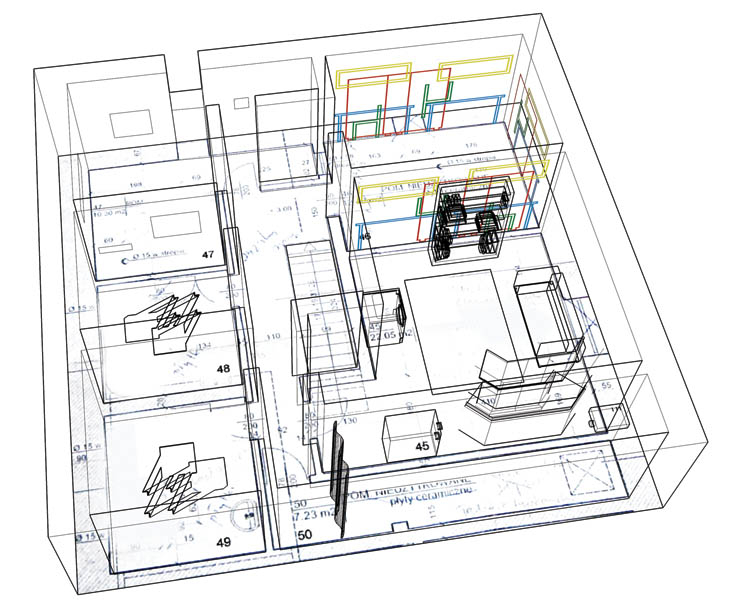
ROOM_01: video projection of ray of light (9'38")
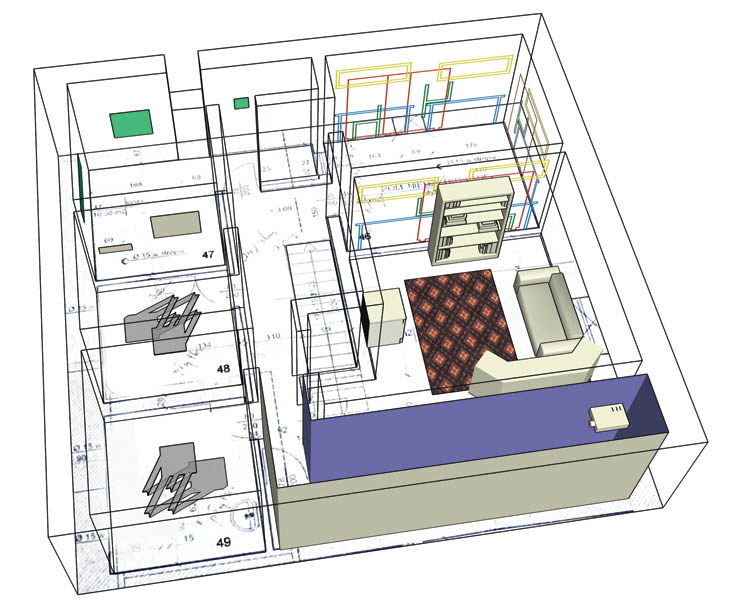
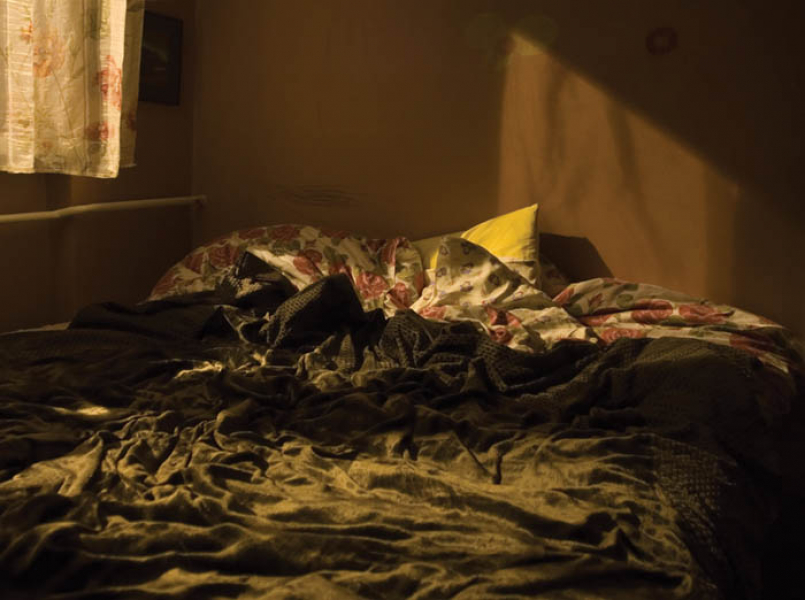
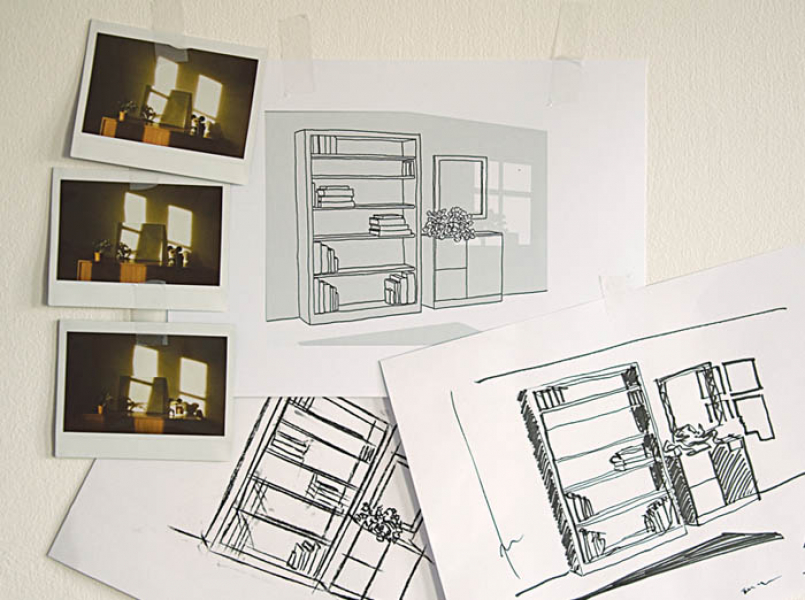
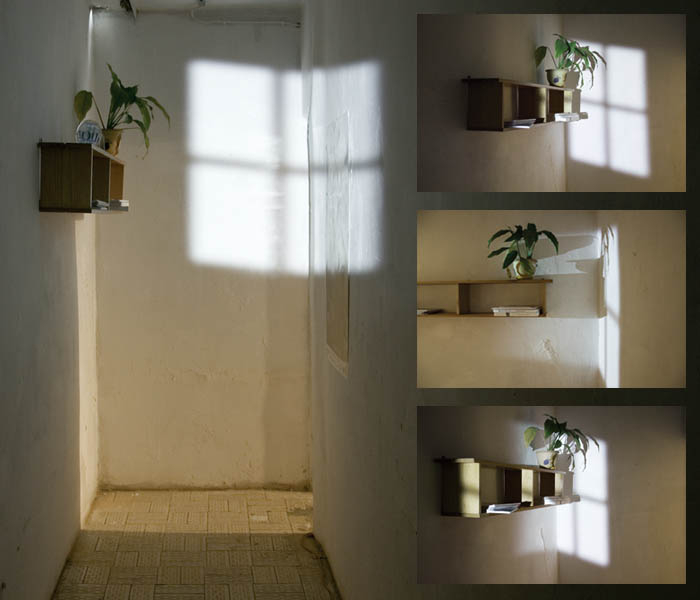
ROOM_02: pinhole photography taken by cameras made of furniture, silver gelatin prints
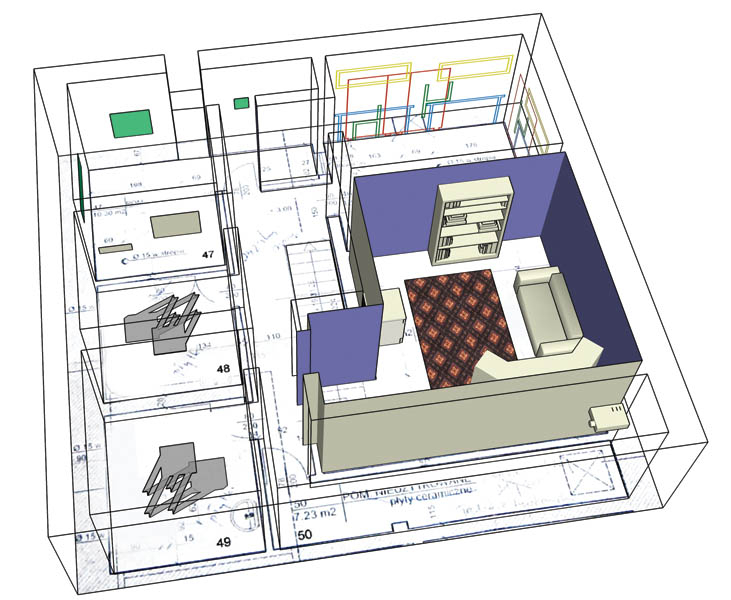
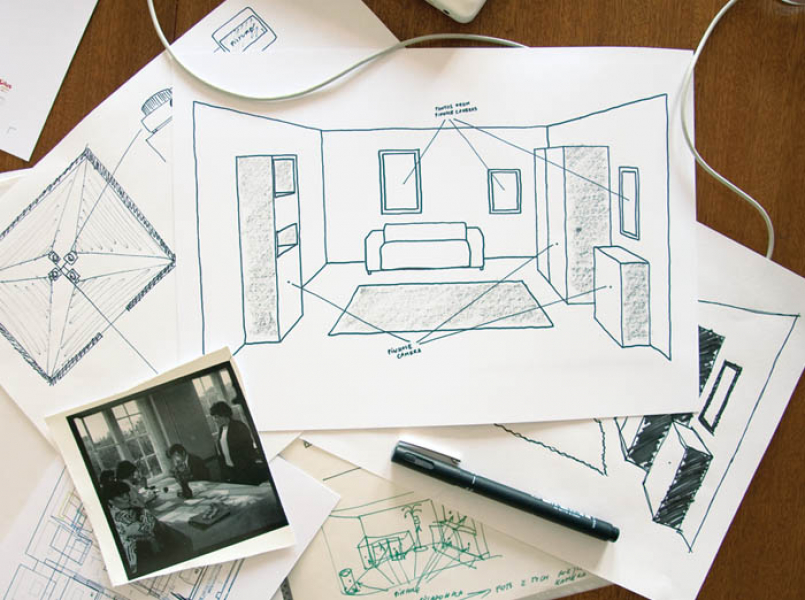
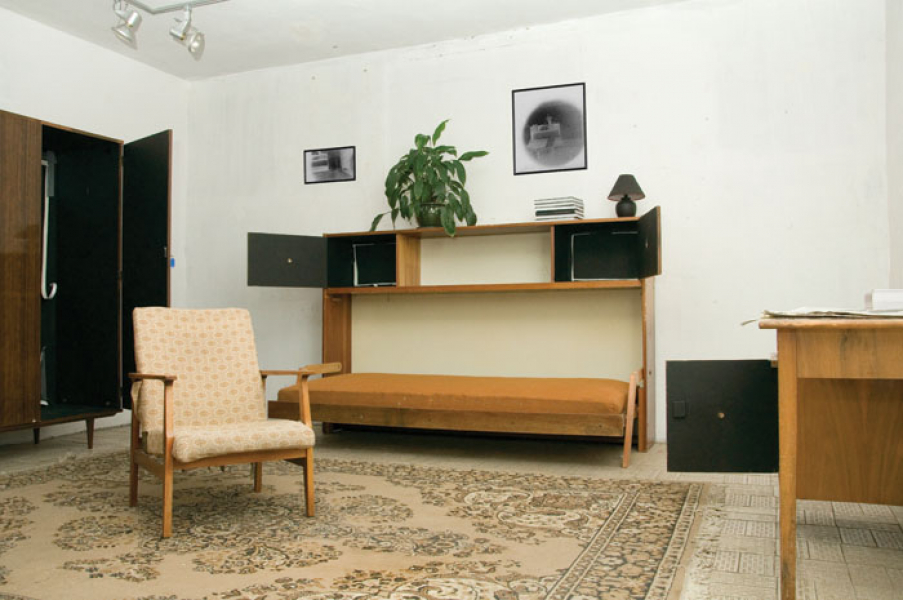
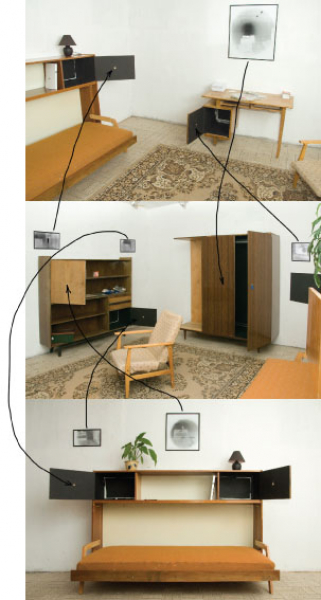
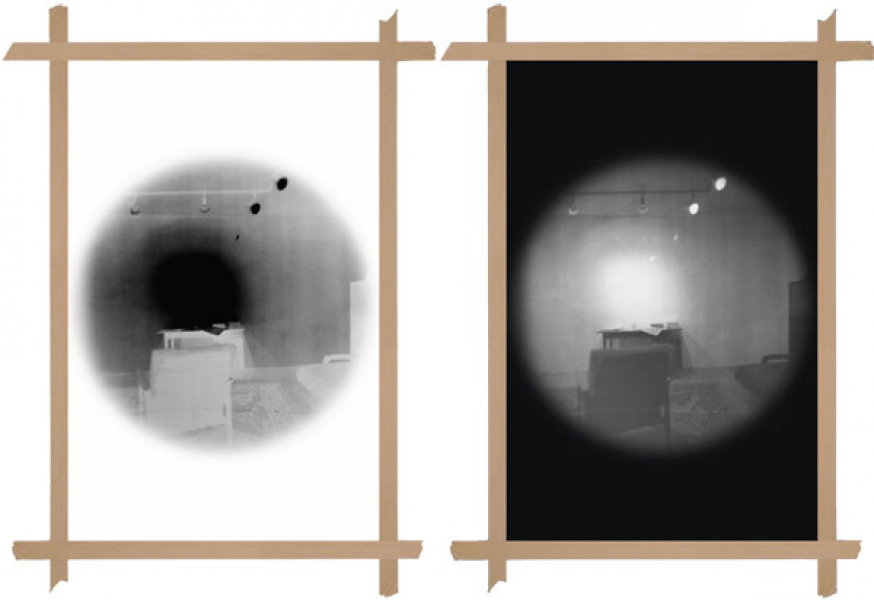
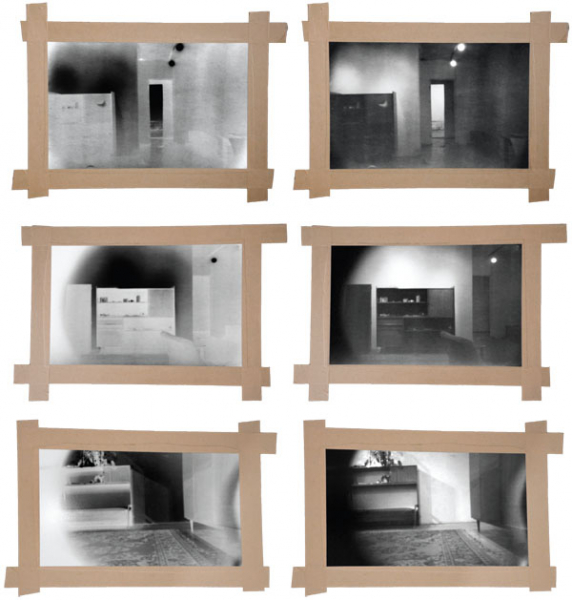
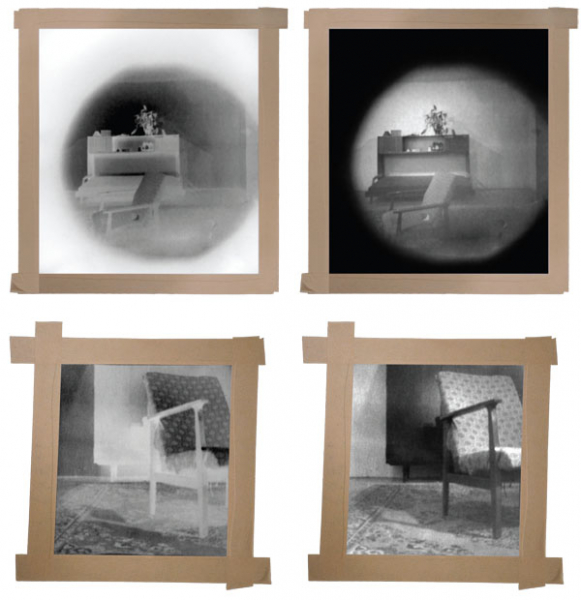
ROOM_03: documentation of many times rearranged space / acrylic on wall
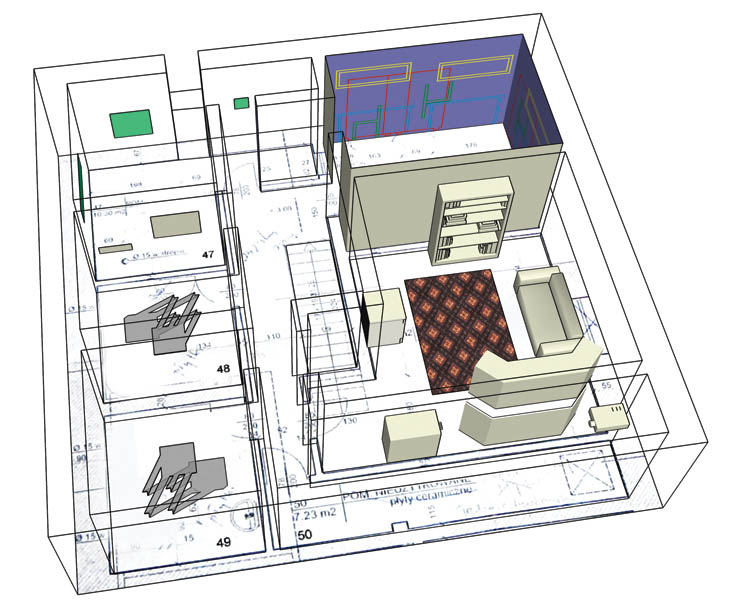
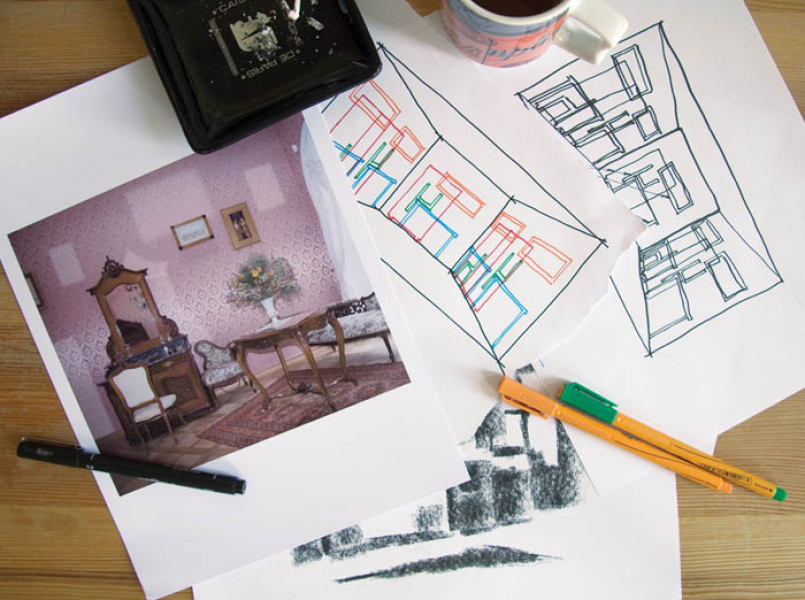
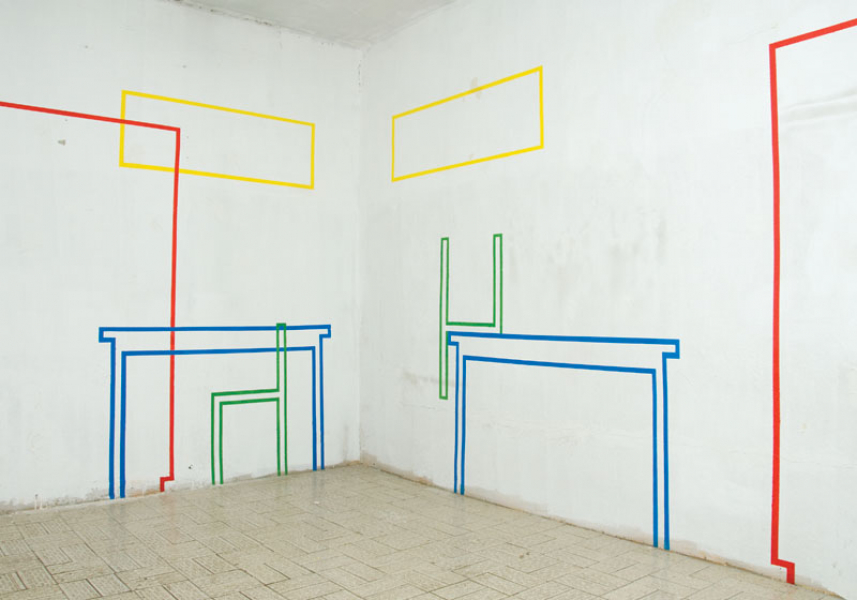
ROOM_04: photoluminescent photography of objects which are shining by night
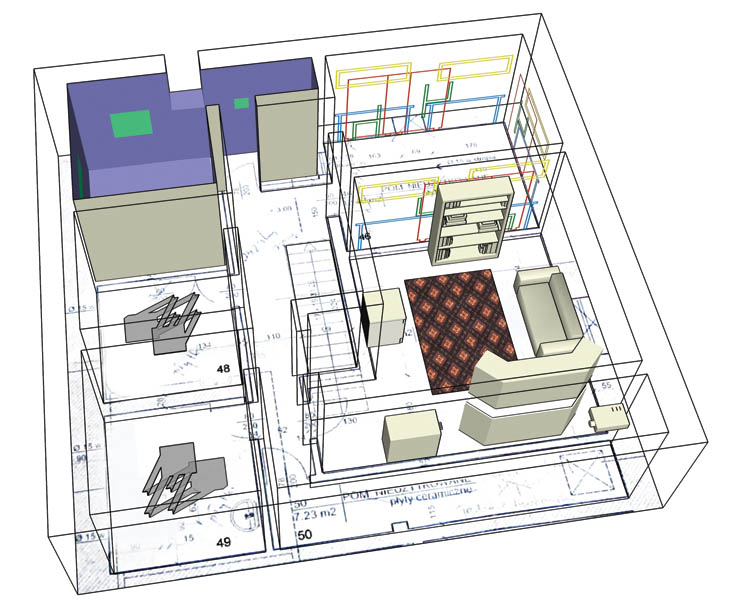
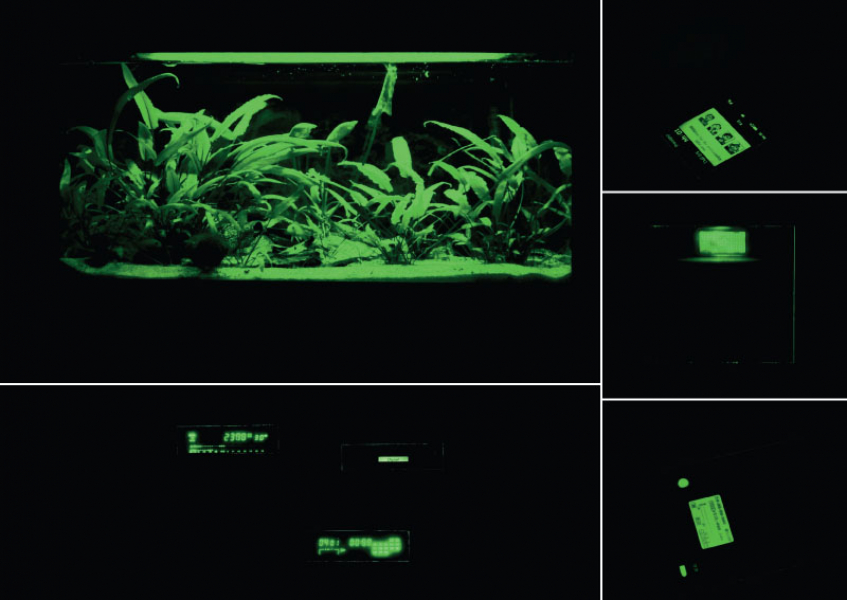
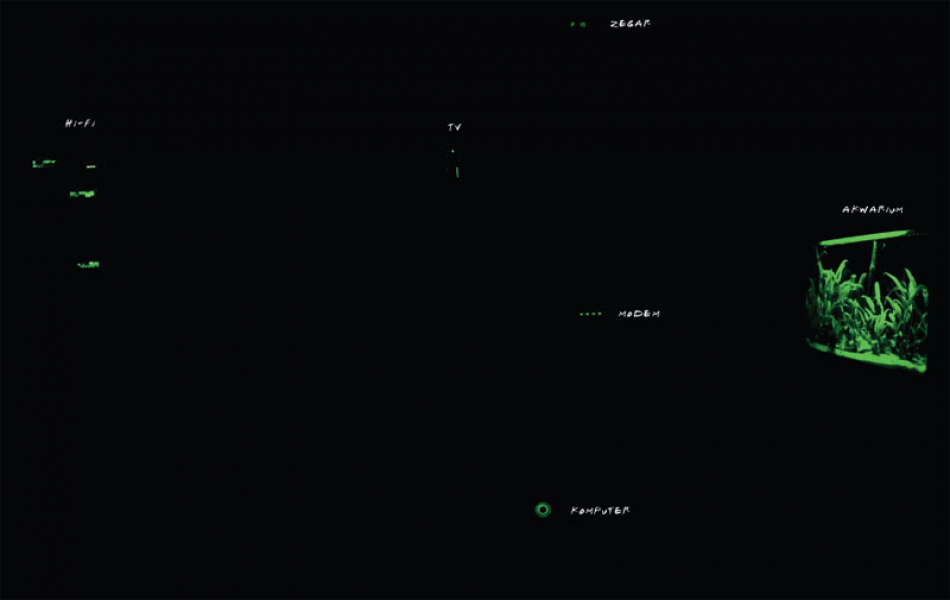
ROOM_05 and ROOM_06: shadows selected from the objects, pcv
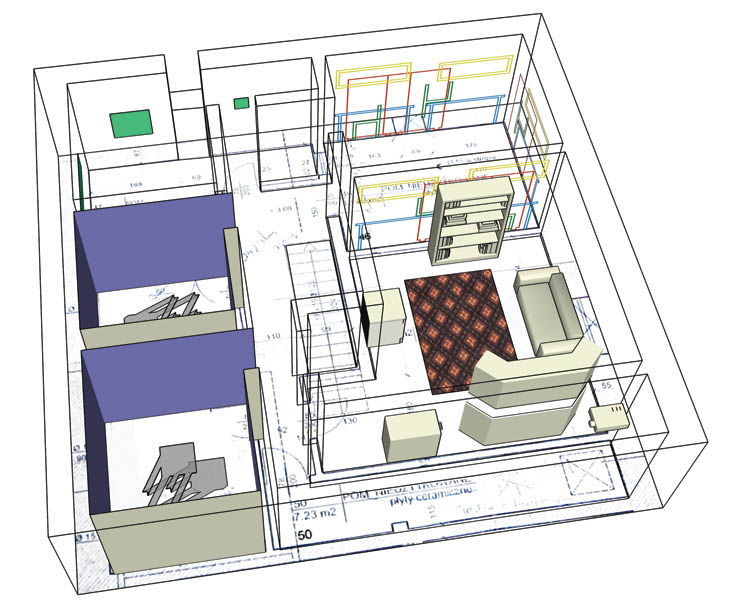
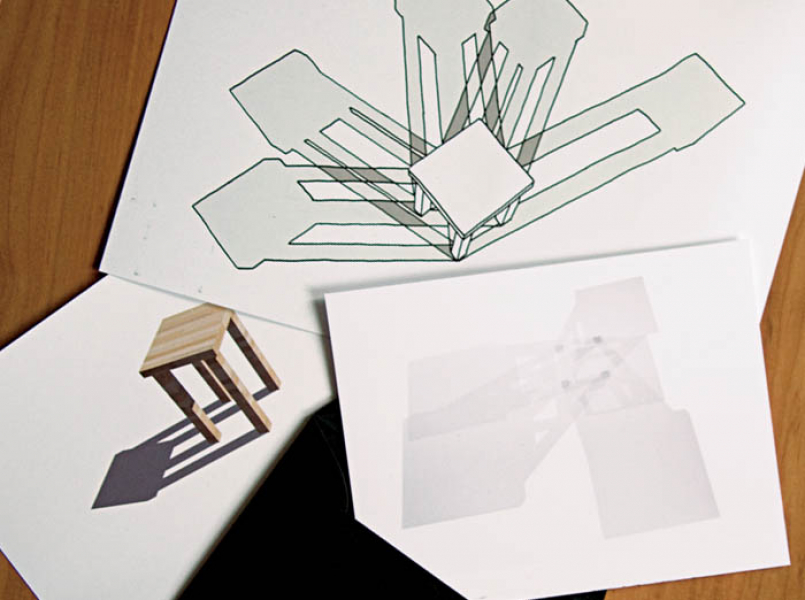
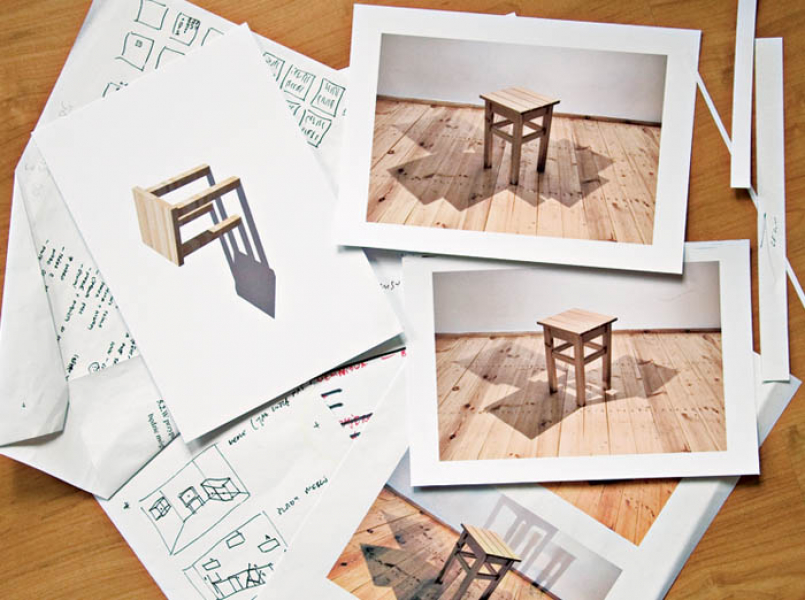
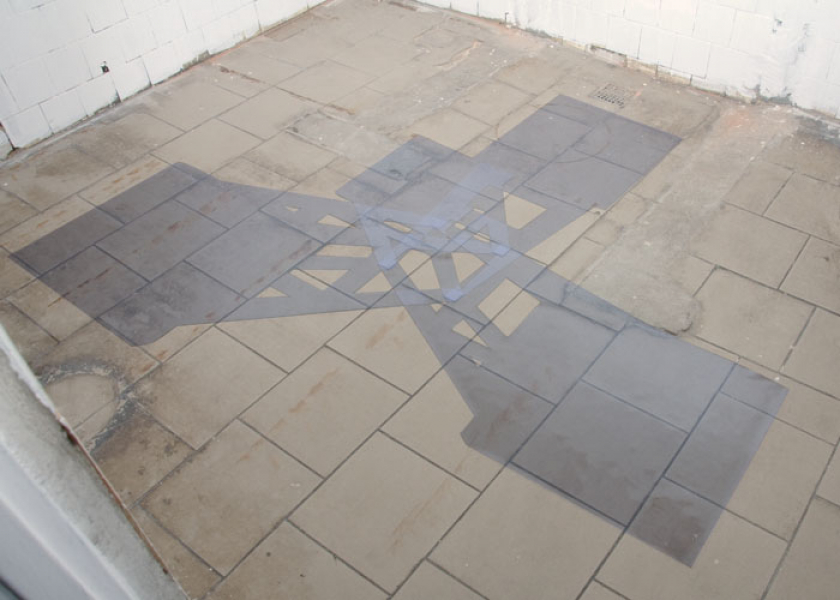
SETTLING DOWN IN THE SHADOW
The tendency to reclaim former industrial buildings has been noticeable in contemporary urban planning since the close of the previous century. Great projects reviving the run-down city districts have revolutionized the image of European cities (such as London and Berlin), and they have also appeared in Poland. These revitalizations are most often concerned with commercial centers (Manufaktura in Łódź, Stary Browar in Poznań), more seldom do they serve as purely cultural projects. Established in 2005, the Mazovian Centre of Contemporary Art ‘Elektrownia' in Radom was to fulfill such a premise.
Can a power plant become a site of art? Let us consider two aspects of the raised question. The first will be connected with the question of the purpose of the building and it is relatively easy to answer. When in London, the building of the old power plant Bankside was turned into the Tate Modern gallery they drew attention to the semantic transformation which is happening with the change of the object's function.(1) Instead of producing pure energy, now we are dealing with the production of art, which also constitutes energy, only of a different kind: the energy of human imagination and activity. The other aspect is, however, more problematic. Can a power plant be a site?
Marc Augé writes, ‘Certain places exist only due to the mediation of words which evoke them; in that sense they are non-sites, or places from imagination, banal utopias, stereo-types'.(2) If we follow the trail of the non-sites author, we can easily think of an imaginary power plant, evoking such associations as: production, machine, power. If a man was to be found there, he would only be a cog in a machine. On the one hand, we see a factory, on the other – a sensitive body, consisting of disciplined, human cogs. In this imagining, is there a place for most individual and at the same time most anarchistic activity – for art?
It is Tomasz Dobiszewski's project Shadowplay, prepared specially for the Radom ‘Elektrownia', that can help us find an answer to this question. The author is a graduate of the Fine Arts Academy in Poznań, specialising in creating projects using photography. He understands photography in a special way, as a picture which extremely easily enters into a dialogue with space. We can say that Dobiszewski's realizations add the photographic picture the missing third dimension, in a real and not only illusionist way.
The title Shadowplay continues such thinking about photography which is after all not only a recording of the light, but in fact an image of the shadow. The realization assumes a site-specific form. This term means that realizations are specially prepared for a specific space. And they can exist only in this space. Grzegorz Dziamski writes, ‘In works realized by the artist in a chosen site – site-specific works – the boundary separating the work of art from what is external to it becomes blurred, because not only does the work become a part of the site but the site becomes a part of the work as well'.(3) For site-specific works it is characteristic that the essenceof the work is not the object itself (or group of objects) inscribed in its structure, but a reflection about their (objects') relation with the space itself. Dziamski notices that they are rooted in the ‘site' defining it, before we try to define what this ‘site' might be, let us return to Dobiszewski's project.
The artist chooses a fragment of ‘Elektrownia' space, which is something like a maze. It is a set of five rooms – connected by a narrow and long corridor – resembling not really the arrangement of office rooms (which they might have been when the building was used as a power plant) but rather, not well thought out arrangement of flats characteristic for the previous political system. So, we are at the power plant, but also in a special space evoking associations with a flat which has been rebuilt many times. Is it really a flat? It has never been lived in. Dobiszewski's realization seems to pose the question: can you get familiar and settle down in a place that has never been meant to live in, and by its history (the history of industrial rooms) opposed settling in. Let us go for a walk around the rooms.
In the largest room, Dobiszewski places furniture unambiguously associated with socialist design: wall units and tables. On the walls he hangs photographs. When we take a closer look at the photos and the furniture, we get to know the mystery of the place: the furniture is watching us. The point is that the photographer places in the wardrobes photo-sensitive materials and in their walls he drills little holes. In this way the objects are transformed into a camera obscura. The photographs hanging beside, show the results of their work.
In the following rooms we see on the walls the silhouettes of furniture, their shadows on the floor, which gain materiality, and their projection. Finally, in a narrow corridor we watch a slowly moving ray of light coming from a nonexistent window. Dobiszewski turns out to be a perverse photographer, because instead of showing us illusions of objects, he deconstructs them thus revealing their fundamental structure. He reveals what photography usually conceals – the fact that it is a shadow itself. Shadows, freed from objects which should be casting them, gain astonishing materiality. They change into testimonies of time, like the trace of dust on the wall revealing the past presence of a picture in the place. Now we are walking around a once abandoned flat, and we are studying traces of past life. It is not only the photographs hung between the furniture that have the form of negatives, it is the whole strange flat. Because although it looks like a flat, in fact it is its reversal – a visible sign of not being lived in. A play with shadows is also a play with the past, with a fragment of someone's memory, imprinted unintentionally on the wall, without a conscious participation of the user. It is the objects themselves that are the originators of this ‘marking of space', by undergoing change in time.
From the beginning it seems that if Dobiszewski is reconstructing at the power plant a flat that has never been there, he wants to tame this alien, industrial space, but maybe it is the other way round? ‘Home consists of a set of images which give humankind proof or illusion of stability',(4) writes Gaston Bachelard. Can a flat, which does not exist because it consists only of traces and shadows, give an impression of stability? It is rather a proof of changeability, instability, possibility of losing everything. Maybe that is why instead of moving in objects, he immediately leaves their shadows because we are not staying in a ‘site' but in a ‘non-site'. We are not dealing with a site-specific work but with a non-site-specific one. Because in order to speak about a site, we must assume that it is ‘somebody's', experienced by someone, lived in by someone.
The former power plant has been abandoned doubly. On the one hand, its buildings oppose being lived in because they would lose their primary function and now only give testimony about the past and the present abandonment, on the other hand – they have never been homes, so now they cannot become flats. Yet, there appears somebody for whom the space can become a home in a new sense – an artist.
Hans Belting in his Anthropology of an Image also writes about places and remarks, ‘Places in which people live are not the only ones'.(5) There are also imaginary places, places of utopias, places of memory. These do not exist in the material world but still operate within the ‘trace' left in the memory and imagination or they return as ‘their own images-reflections'.(6) These are cultural sites. In this context, how will our ‘flat at the power plant' function? On the one hand it will testify about the past – and here suddenly the power plant as a space deep-rooted in the city history will gain a new dimension, of something belonging to the past, it will be a shadow of a place in time. On the other hand, the space itself, being lived in by Dobiszewski may be understood in the private experiences of the viewers who appear in the exhibition space. It will, at least for a moment, be lived in by them. Then, according to Belting's suggestion, it will become ‘an image of a place in a body', an item of memory which will be carried, moved, always with them.
The power plant, which initially seemed to be a ‘non-site', a transitory and unstable space, thanks to the traces and shadows, which can be only experienced by viewers, again becomes a place in memory and in imagination.
Marianna Michałowska from the Shadowplay exhibition catalogue
1. Karl Sabbagh, Power into Art, Allen Lane, The Penguin Press, London 2000.
2. Marc Augé, ‘Nie-miejsca' [Non-sites], translated by E. Ranocchi, Autoportret 2008, no 8 (23), p. 5.
3. Grzegorz Dziamski, ‘Instalacje – próba definicji', [Installations – Attempt At a Definition] Yearly Rzeźba Polska, vol.VII 1994-1995 Sztuka instalacji [The Art of Installation], p. 17.
4. Gaston Bachelard, The Poetics of Space, translated by M. Jolas, Beacon Press, Boston 1994, p. 17.
5. Hans Belting, Antropologia obrazu, [Anthropology of an Image] translated by M. Bryl, Kraków 2007, p. 89
6. Ibidem, p. 79